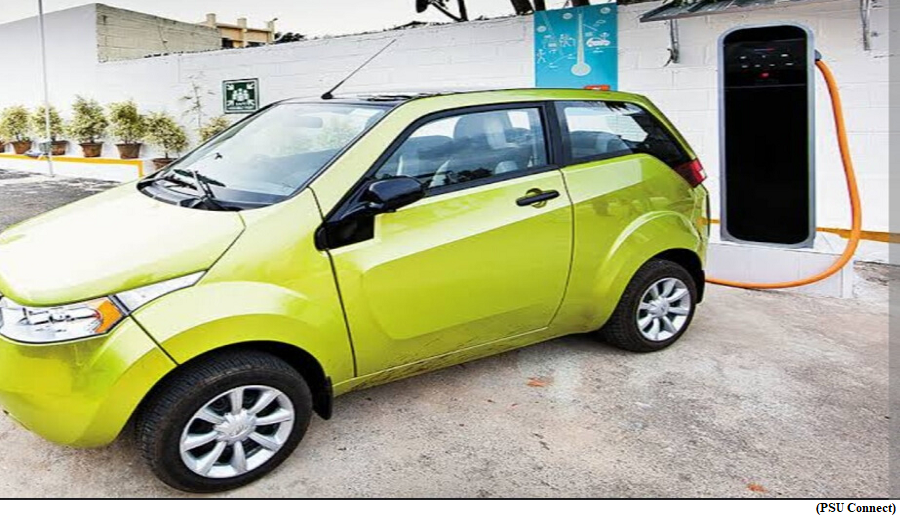Study flags mixed implementation of Forest Rights Act (GS Paper 3, Environment)

Why in news?
- A fact-finding committee formed by Call for Justice, a Delhi-based organisation, has found “mixed” implementation of the Forest Rights Act (FRA) of 2006 in five States across the country.
- The States studied by an eight-member committee, led by Justice S.N. Dhingra (retd), over eight months are Assam, Chhattisgarh, Maharashtra, Odisha, and Karnataka.
Key Highlights:
- The team assessed two districts in Assam; Dima Hasao and Hailakandi and found that the FRA in its current form does not address the unique situation existing in the northeastern States concerning shifting or jhum cultivation.
- This form of cultivation involving slashing and burning plants on hill slopes needs to be recognised as a practice adapted to the ecological and cultural needs of the forest-dwelling communities.
- In Chhattisgarh, the decision-making process was significantly delayed in Kanker and Korba, the two districts where the team conducted the study.
- The FRA implementation in Maharashtra’s Gadchiroli was found to be satisfactory while the process was not completed in Nashik.
- The team found “substantial advancement” in the implementation of FRA in Kandhamal and Sundargarh districts of Odisha.
- However, it was observed that a significant gap existed in the districts between individual forest rights (IFR) and community forest rights (CFR) claims submitted and recognised.
- In Karnataka, the team visited Ramnagara and Mysuru districts. Only 5.17% of the claims filed for IFR were recognised, which showed Karnataka had the highest rate of IFR claims rejection among the States surveyed.
About Forest Rights Act (FRA) of 2006:
- Scheduled Tribes and Other Traditional Forest Dwellers (Recognition of Forest Rights) Act, 2006, has been enacted to recognize and vest the forest rights and occupation of forest land in forest dwelling Scheduled Tribes and other traditional forest dwellers, who have been residing in such forests for generations, but whose rights could not be recorded.
- It recognizes and vest the forest rights and occupation in Forest land in Forest Dwelling Scheduled Tribes (FDST) and Other Traditional Forest Dwellers (OTFD) who have been residing in such forests for generations.
- It strengthens the conservation regime of the forests while ensuring livelihood and food security of the FDST and OTFD.
- The Gram Sabha is the authority to initiate the process for determining the nature and extent of Individual Forest Rights (IFR) or Community Forest Rights (CFR) or both that may be given to FDST and OTFD.
Government approves E-Vehicle policy to Promote India as a Manufacturing Destination for e-vehicles
GS Paper 3, Environment)
Why in news?
- The Government of India has approved a scheme to promote India as a manufacturing destination so that e-vehicles with the latest technology can be manufactured in the country.
- The policy is designed to attract investments in the e-vehicle space by reputed global EV manufacturers.

Details:
Minimum Investment required: Rs 4150 Cr (∼USD 500 Mn)
No limit on maximum Investment
Timeline for manufacturing: 3 years for setting up manufacturing facilities in India, and to start commercial production of e-vehicles, and reach 50% domestic value addition (DVA) within 5 years at the maximum.
Domestic value addition (DVA) during manufacturing:
- A localization level of 25% by the 3rd year and 50% by the 5th year will have to be achieved
- The customs duty of 15% (as applicable to CKD units) would be applicable for a period of 5 years
- Vehicle of CIF value of USD 35,000 or above will be permissible
Import:
- The total number of EV allowed for import would be determined by the total duty foregone or investment made, whichever is lower, subject to a maximum of ₹6,484 Cr (equal to incentive under PLI scheme).
- Not more than 8,000 EVs per year would be permissible for import under this scheme. The carryover of unutilized annual import limits would be permitted.
Bank guarantee:
- The Investment commitment made by the company will have to be backed up by a bank guarantee in lieu of the custom duty forgone
- The Bank guarantee will be invoked in case of non-achievement of DVA and minimum investment criteria defined under the scheme guidelines.
Way Forward:
- This will provide Indian consumers with access to latest technology, boost the Make in India initiative, strengthen the EV ecosystem by promoting healthy competition among EV players leading to high volume of production, economies of scale, lower cost of production, reduce imports of crude Oil, lower trade deficit, reduce air pollution, particularly in cities, and will have a positive impact on health and environment.



